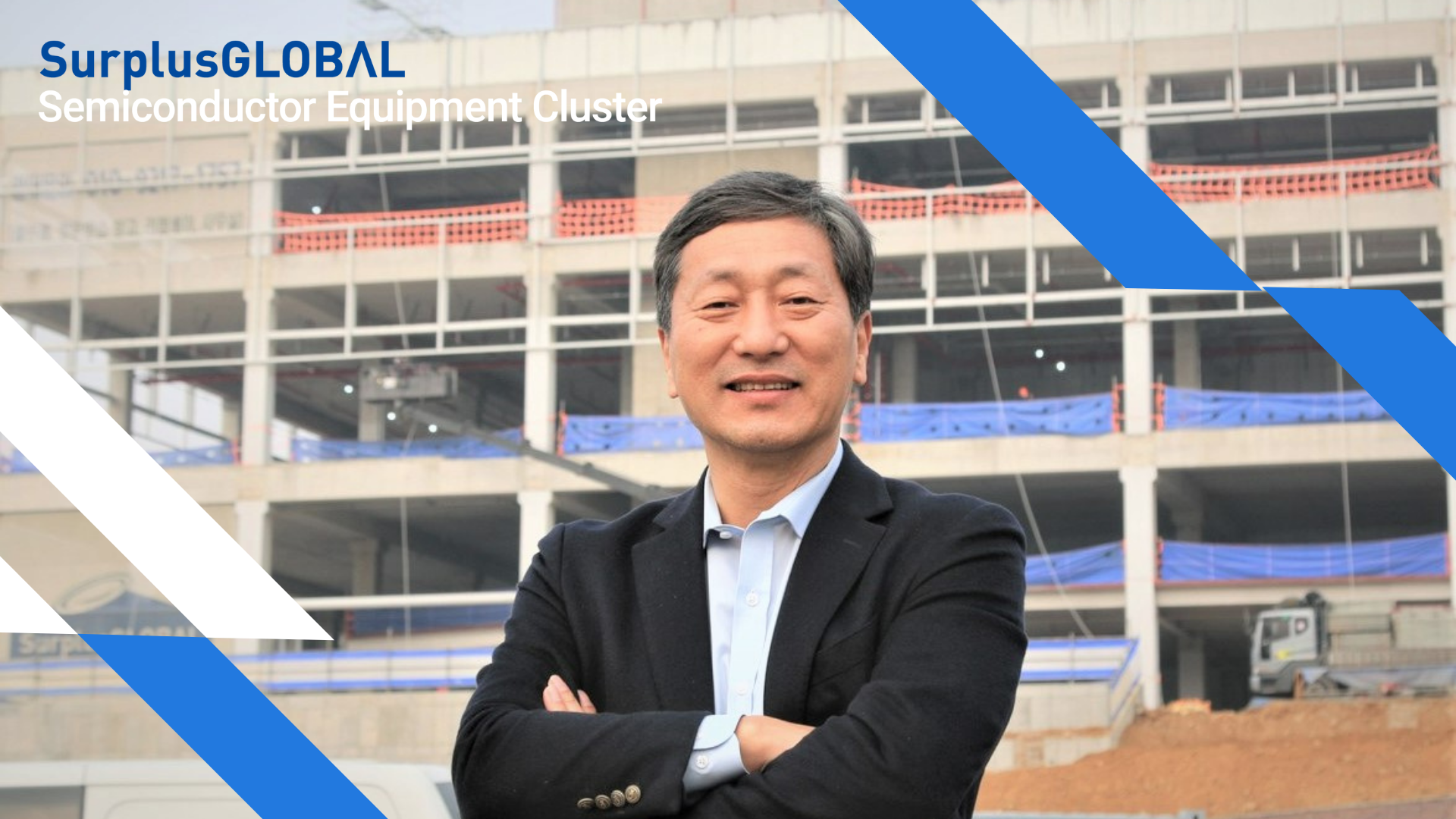 Sitemap
Sitemap

SITEMAP
MEDIA
News Room
[Forbes Korea] Let's Talk About 2030 | Bruce Kim, CEO of SurplusGLOBAL
- News
- 2022-03-15

[Forbes Korea]
Let's Talk About 2030 | Bruce Kim, CEO of SurplusGLOBAL
While studying the rise and fall of the nomadic empires for about a decade, I found an interesting pattern. When the nearby agricultural and settlement civilization weakened, the founders, going through many hardships, pulled together nomadic forces in the neighborhood and conquered the agricultural and settlement countries, which usually takes two to three generations. The founders then establish a system to run the empire and lead its growth. When it enters a stable period, the founders settle down in their vested interests that they have accumulated, forgetting their initial founding spirit. Then the accumulated conflicts eventually explode and result in a decline.
All the nomadic empires which had come and gone in Eurasian history such as the Mongolian Empire, the Qing Dynasty, Timur Empire, and the Huns, followed this pattern of rise and fall. Companies and countries in the 21st century seem to be no exception. Rather, the pace of the progress of this pattern is much faster than in the past.
The economy of the U.S. and Japan, which had been an insurmountable wall for South Korea just until about a decade ago, is reeling, and China, which had seemed ungainly, is growing fiercely, sending a shiver up our spine. Only a few of South Korea's top 30 conglomerates survived the Asian financial crisis. By 2050, not many of the listed companies around the world will have survived. Many companies we know well now will not be able to overcome the wave of winner-takes-all and will slowly disappear by 2030. How can we become a 100-year company in the midst of such a breathless change?
Looking back on our experiences, the company's quarterly sales fell from about KRW10 billion to about KRW 500 million around the 2008 financial crisis. I thought, "The one who survives ultimately is the strong one." It was a harsh time, but fortunately, we could survive because our competitors gave up faster than we did. For us, the past crises have fortunately set the stage for growth, but I am not sure whether we will be able to overcome rough waves in the future as well.
Looking back on our company's success experience, what brought us great achievements were the projects and systems for which we had invested a lot of effort for a long time. Most of our company’s core assets – global network, reputation, corporate culture, products and market portfolios, various customer solutions, talent development, and computer infrastructure -- have been accumulated by persistent long-term investment for more than a decade. Some people emphasize agility and quick reaction while talking about trendy items of the era such as metaverse, big data, and artificial intelligence. For many companies, however, the core competitiveness they have built up for a long time will be the driving force behind their survival.
No one knows what kind of crisis will come in 2022. However, we can draw a big picture of what will happen to the pre-owned semiconductor equipment market by 2030. Looking at history, the rise and fall of empires depended on a system that could provide vision and solutions consistent with the spirit of the times. Companies with systems that can provide solutions to customers without missing the trend of the times will not collapse easily. As a corporate executive, my job is to talk about the dream of 2030 with my colleagues, and do what we have to do now one by one to achieve that dream. We will not be swept by any waves as long as we aim for a long-term goal rather than a short-term goal, watch the flow of the world with our eyes wide open, and build core competitiveness step by step.

 Facebook
Facebook Linkedin
Linkedin WeChat
WeChat YouTube
YouTube Instagram
Instagram







